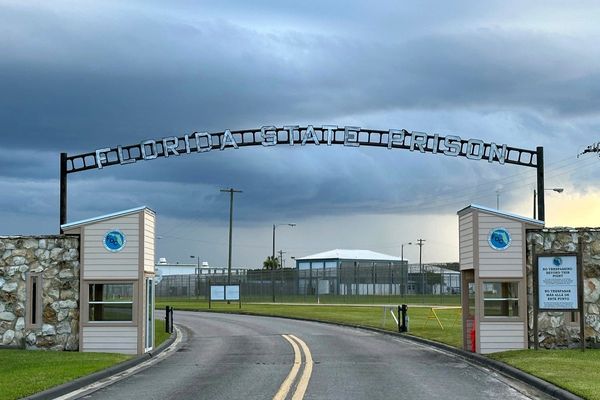
The treasures on display range from the spectacular – a cooking pot made 5,000 years ago decorated with a ceramic representation of dancing flames – to the intriguing, such as lovingly crafted models of mushrooms that might suggest the ancient makers were interested in the mind-altering properties of fungi.
Gathered in an exhibition room at Stonehenge, around 80 objects made in Japan during the Jōmon period, roughly the same time the great stone circle on Salisbury Plain was built, highlight some beguiling parallels between two cultures separated by thousands of miles.
The exhibition, Circles of Stone: Stonehenge and Prehistoric Japan, reveals that prehistoric people in southern Britain and in Japan took great trouble to build stone circles, appear to have marked and celebrated the passage of the sun and felt moved to come together for festivals or rituals.
“Of course they couldn’t possibly have any idea what each other was doing,” said Martin Allfrey, senior curator for English Heritage. “But it is tantalising to look at what these extraordinary objects from Japan tell us about the similarities between these communities who were perhaps ideologically closer than one might imagine. Exploring what is happening elsewhere in the prehistoric world is key to understanding the significance of Stonehenge.”
At about the time Stonehenge’s builders were creating the monument, their Japanese counterparts were coming together to make sites such as the Ōyu stone circles in northern Japan. These do not feature the sort of hulking standing stones that Stonehenge is famous for but rather large circles made of thousands of river pebbles. Like Stonehenge, they appear to be aligned to mark solstices.

Star of the show at Stonehenge is the Jōmon cooking pot, which Simon Kaner, executive director of the Sainsbury Institute for the Study of Japanese Arts and Cultures, explained would have been placed in the fire of a Jōmon dwelling near the Shinano River. He pointed out the black marks that show it was used for making, perhaps, a fish stew. “Imagine sitting around the fireplace as a meal bubbled away in this. It must have cast the most extraordinary shadows,” he said. This is the first time the pot has gone on display outside Japan.
Finds made at the Japanese stone circles suggest people came together for feasts and venerated their ancestors, just like the people who constructed Stonehenge. The scale of their creations meant that both the ancient Britons and Japanese people must have been able to bring together large numbers of people to co-operate on ambitious, important projects.

Geography may have something to do with the parallels. The UK and Japan flank the Eurasian landmass at roughly the same latitude, meaning they have similar climates and natural resources, which both peoples exploited and adapted.
However, there are objects on display at the exhibition that have been found in Japan with no equivalent at Stonehenge, such as the mushrooms, a model of what appears to be a bear, delicate pieces of jewellery and an object with holes punched into it that seem to represent numbers.
Also featured are fragments of dogū, clay figurines that have been found at Jōmon settlements and stone circles and may have represented earth goddesses or spirits and been used in fertility or healing rituals. It is believed that many dogū were intentionally broken and scattered during ceremonies.

Kaner and Allfrey agree that this does not mean that the Japanese builders were more advanced than their Stonehenge counterparts – after all, the neolithic people of Wiltshire built a hugely sophisticated monument. “It may be that objects like these were created here but we haven’t found them yet,” said Allfrey.
The exhibition also explores more recent connections between Stonehenge and Japan, including the art of the Japanese woodblock printer Yoshijirō Urushibara who worked in Britain in the 1920s and the British archaeologist William Gowland.
Gowland was employed by the Japanese government at the end of the 19th century and in his spare time investigated archaeological sites. After his return to the UK, he was hired to help on restoration work at Stonehenge and, informed by what he had learned in Japan, put forward the theory, now accepted, that it was older than had been previously thought.
• The exhibition opens on Friday and runs until August 2023. For more details visit the English Heritage Circles of Stone exhibition.







